A Rural School Under Pressure To Stay Open: ‘People Are Just Rough And Tough’
Enlarge this image
Despite recent outbreaks that forced temporary closures, the Bruneau-Grandview school board in Idaho voted down a mask mandate in November.
Kirk Siegler/NPR
hide caption
toggle caption
Kirk Siegler/NPR
Shots — Health News
Coronavirus Is Surging: How Severe Is Your State’s Outbreak?
Case numbers have shot up lately in rural America, which skews older and tends to have huge inequality gaps in health care. Across the country, many schools that have stayed open require students and staff to wear masks.
But there’s still resistance in places like Bruno, which has a population of 500. Here, there’s also a pervasive sense in the community that kids need to be physically in classrooms for their education and well being, yet stiff opposition to rules that are intended to slow the spread, like mask wearing.
Sariah Pearson teaches fourth and fifth grades at Bruneau Elementary. She got COVID-19 and was sidelined for almost six weeks this fall.
She’s back in the classroom, feeling better, and even paid $300 for a special air filtration system, and frequently keeps her windows open to be safe. But her story hasn’t had much of an effect on the town’s attitudes about the pandemic.
«Most people don’t really want to hear about it,» Pearson says. «Even though they care about me, it does not translate over.»
Unpredictable times
This truth got even sharper in recent weeks, even as COVID-19 began to spread in the two Snake River farming towns that make up the joint Bruneau-Grandview School District. As more teachers and students got the virus, administrators had to shut down some classes and move them online temporarily, which, while not hoped for, had always been part of the contingency plan.
«I think if you had to sum it up in one word it would be unpredictable,» says Ryan Cantrell, the district superintendent.
Health
Rural Idaho Hospitals Are Feeling The Pressure As Coronavirus Cases Fill Up Beds
Rural Idaho Hospitals Are Feeling The Pressure As Coronavirus Cases Fill Up Beds
Listen
·
3:40
3:40
Toggle more options
- Download
-
Transcript
By November things had gotten bad enough that Cantrell recommended the school board require masks everywhere on campus. The science shows masks work to reduce the virus’s spread and this was seen as one key strategy to ensure the district could keep in person learning going.
The board voted it down 3-2.
Cases kept going up.
The week after Thanksgiving, Cantrell, who also helps administer tests and does contact tracing, says there were six more confirmed positives, and seven the following week.
«They [students] had then exposed the subs who were already filling in for some of the teachers who were either out sick or out for self-quarantine,» Cantrell says. «We simply ran out of substitute teachers.»
So he was forced to close all schools and move them to virtual for a week, figuring that stop gap measure may get them through to Christmas break.
Asymptomatic cases
One afternoon this week — the first day classes resumed — Cantrell walked the halls and checked on the health of his staff. He was virtually alone in wearing a mask, estimating that on any given day a dozen of the 180 or so students in the junior and senior highs are wearing them, and usually less than one-fifth of his 60 staff members district-wide.
«I’m going to model the behavior of wearing a mask,» Cantrell says. «So I simply choose to wear one when I’m at school specifically when I’m out of the office and in the hallways.»
Enlarge this image
As superintendent in a small rural district, Ryan Cantrell also helps administer COVID-19 tests and leads the school’s contact tracing efforts.
Kirk Siegler/NPR
hide caption
toggle caption
Kirk Siegler/NPR
Enlarge this image
Elementary school teacher Sariah Pearson contracted «long» COVID-19, and suffered a fever and other symptoms for close to six weeks.
Kirk Siegler/NPR
hide caption
toggle caption
Kirk Siegler/NPR
Elementary school teacher Sariah Pearson contracted «long» COVID-19, and suffered a fever and other symptoms for close to six weeks.
Kirk Siegler/NPR
When it’s remained open, monthly testing at Bruneau-Grandview has started to show that students are clawing back to the proficiency levels they were at before the pandemic.
People want the schools to do everything they can to stay open — everything except requiring students and teachers to wear masks. Currently, masks are only required on buses. The district also recently banned fans at sporting events, per Idaho’s statewide restrictions on gatherings of more than 10 people.
The school is offering an all-virtual option for parents who want to keep their kids home. But most are like Brooklyn Kunsky, wanting them in school, without strict mandates.
«Our kids don’t want to wear masks, our kids want to have a somewhat normal [life], if that’s even, you know, a realistic word in the midst of all this, educational experience,» Kunsky says.
You hear this a lot here, even among teachers and district staff. There are outbreaks at schools, asymptomatic kids bring it home and then there’s community spread. Yet there’s also this sense of, well, this is just how it is going to be.
Kunsky, who grew up in Bruneau and attended the same schools as her kids now do, thinks the district is managing the coronavirus crisis pretty well.
«I think when you live in a rural community, people are just … I don’t know, rough and tough, I don’t know if that’s the right word, but, we just make it through,» she says.
- COVID
- COVID-19
- masks
- students
- schools
- teachers
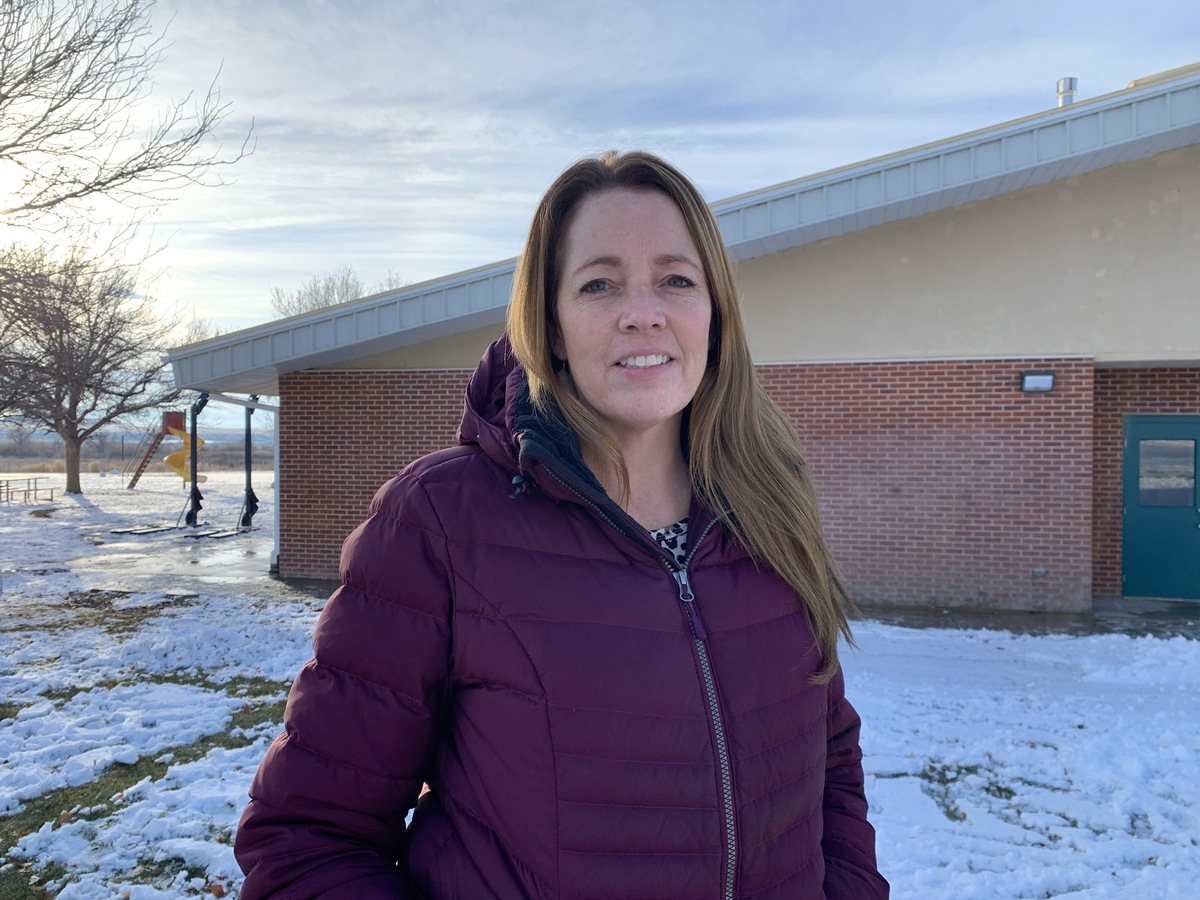












Комментарии 0